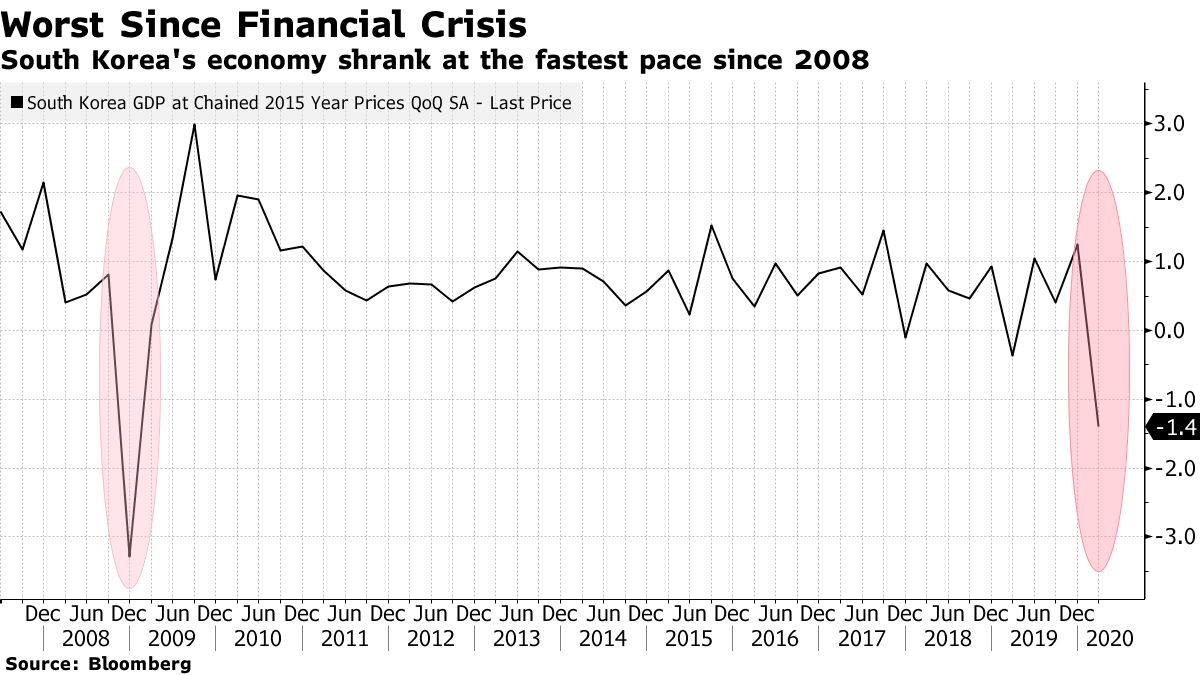South Korea is on the warpath against an underhanded economic tactic known as shrinkflation, where companies sneakily reduce product sizes while prices stay high. In a bold move, the government now mandates that manufacturers must alert consumers about any reductions in product sizes or quantities of everyday essentials, or else face hefty fines.
Heightened Oversight on Consumer Goods
The Korea Fair Trade Commission (KFTC) made it clear last Friday that keeping consumers in the dark about downsized products constitutes an unfair transaction. This regulation aims to shield consumers from indirect price hikes, a sneaky issue difficult to spot when the package looks the same but holds less.
Starting this August, food and household product makers, think ham, noodles, or toothpaste, need to announce changes clearly on packaging or online for at least three months post-change. Failure to comply? That’ll be a fine starting at 5 million won ($3,700) for first-timers and jumping to 10 million won for repeat offenders.
This crackdown isn’t just a local quirk. Globally, leaders like US President Joe Biden and French Finance Minister Bruno Le Maire have lambasted the practice as deceptive, calling for greater transparency in product labeling to prevent companies from quietly passing rising production costs onto consumers.
Economic Repercussions and Future Uncertainties
The backdrop to these measures is a heated political and economic climate. President Yoon Suk Yeol’s approval ratings are sagging under the weight of high consumer prices, which played a part in his party’s recent electoral losses. Earlier this year, Yoon pushed for extraordinary measures to cap consumer price inflation, including slashing tariffs on imported foods and funneling 150 billion won into food subsidies.
Yet, even as annual inflation shows signs of slowing — dipping to 2.9% in April from 3.1% in March — the cost of fresh food has soared by over 19% compared to last year. Meanwhile, the South Korean government has been setting up daily price monitoring teams and listing examples of shrinkflation online to keep companies in check.
South Korea’s longstanding growth model, heavily reliant on manufacturing and big conglomerates, is under strain. The Bank of Korea has sounded alarms that annual growth rates could dwindle drastically in the coming decades due to aging demographics and declining productivity among other factors.
Critics argue that South Korea’s reluctance to innovate beyond its traditional industries and dependence on technologies developed elsewhere is becoming increasingly unsustainable. Even as new sectors like AI promise some relief, the fundamental issues of a shrinking workforce and a creaking industrial base remain unaddressed.




